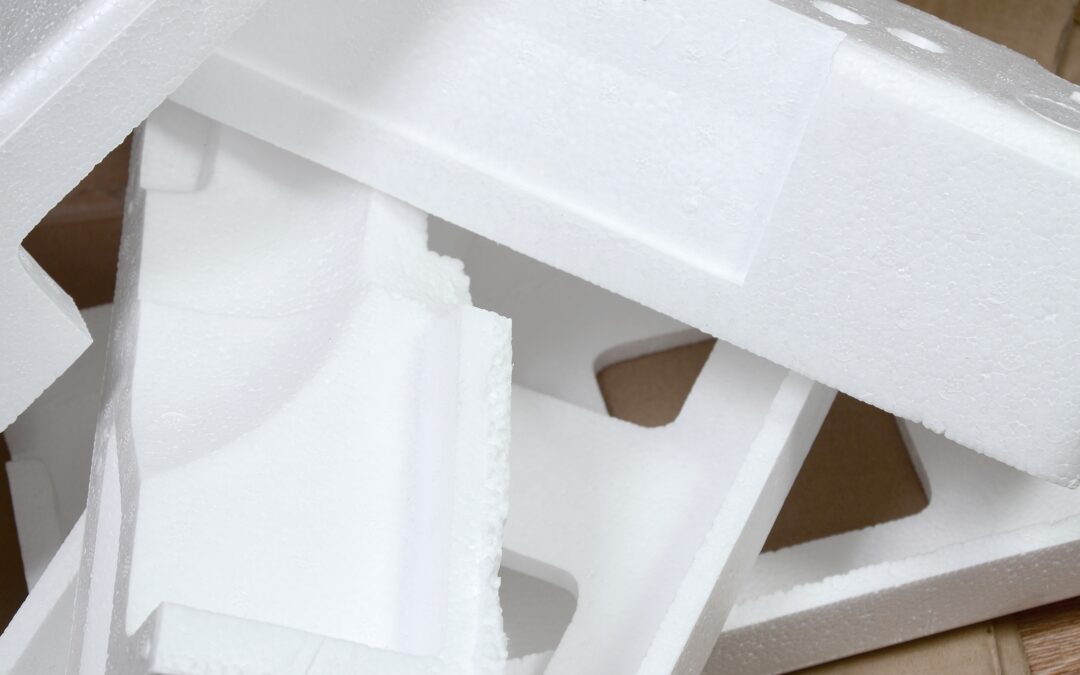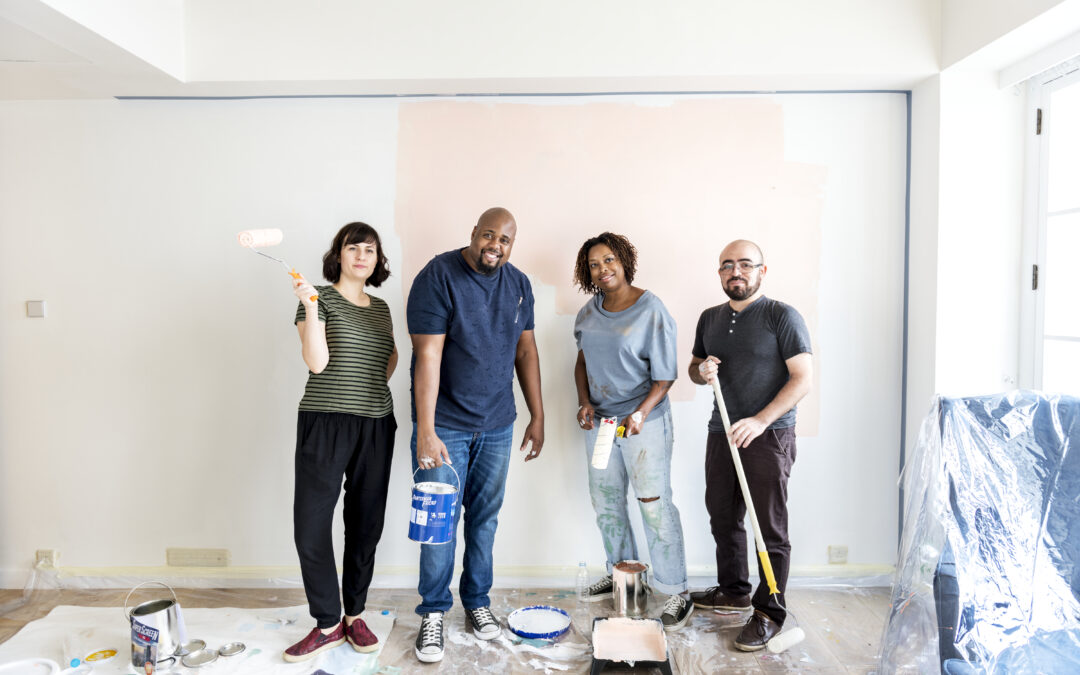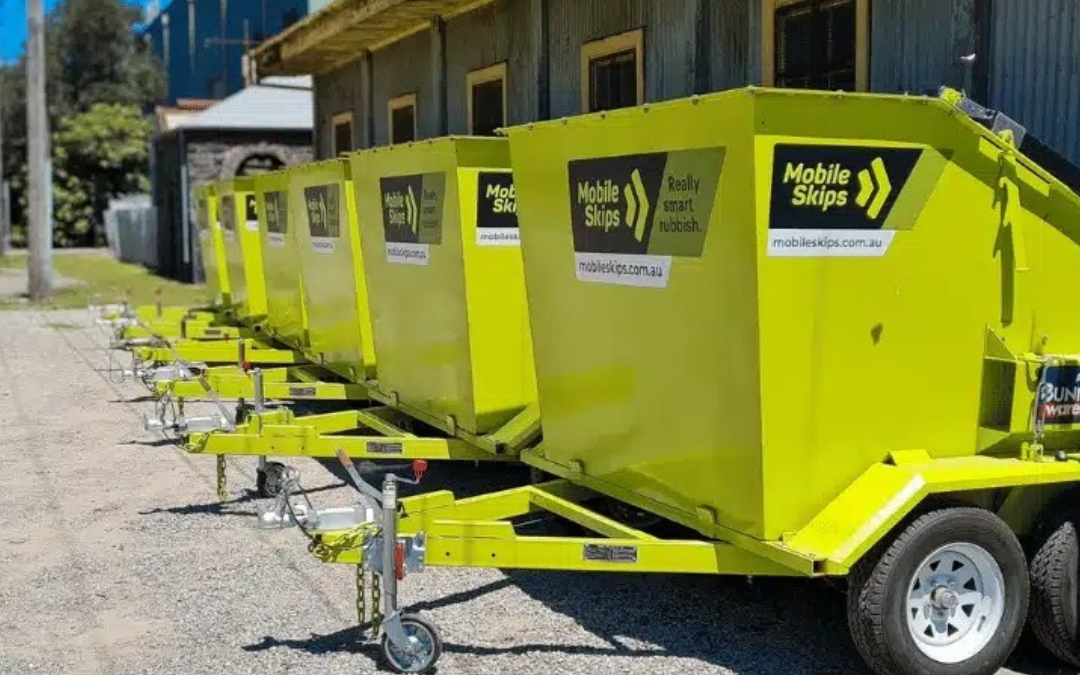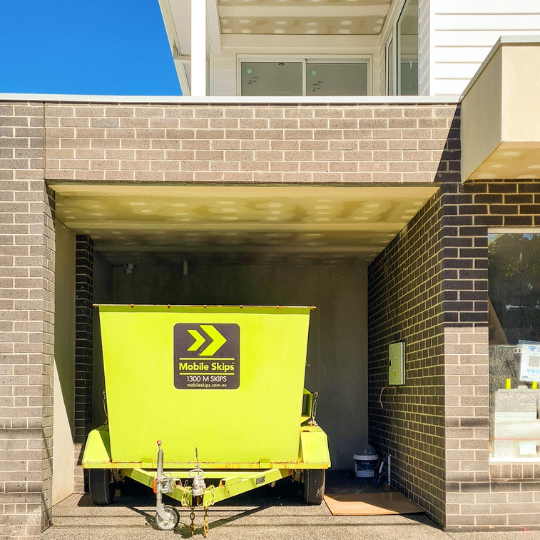Planning Your DIY Renovation
Setting Your Renovation Budget
Alright, before you grab that sledgehammer, let’s talk money. You need a budget, and you need to stick to it like glue. This isn’t just about avoiding a financial meltdown; it’s about making sure your dream renovation doesn’t turn into a nightmare. Decide how much you can realistically spend and make your design choices fit within that number. Don’t forget to factor in everything: materials, labor, and even those pesky taxes (A Beautiful Mess).
If you can, use cash instead of taking out a loan. Interest payments can add up faster than you think. If cash isn’t an option right now, look at trimming your household budget to save up for the project. This is especially handy for those aiming for budget-friendly home renovations.
| Expense Category | Estimated Cost (AUD) |
|---|---|
| Materials | 2,000 – 5,000 |
| Labor | 1,500 – 3,000 |
| Taxes | 300 – 700 |
| Miscellaneous | 500 – 1,000 |
Researching DIY Renovation Ideas
Take a breather and plan your renovation. Rushing in can lead to choices you’ll regret. Start with one or two rooms, finish those, then move on. Tackle the big, messy projects first (A Beautiful Mess).
Roll up your sleeves and get involved in the DIY tasks. Demolition, cleanup, prepping surfaces, and painting are all things you can handle. But know your limits—leave the electrical work and moving utility lines to the pros.
Need some inspiration? Check out our diy home renovation ideas and diy home improvement projects. Reusing materials like cabinets and appliances can save you a bundle. Salvage yards, Habitat for Humanity ReStores, and building material auctions are treasure troves for affordable finds. Plus, buying and selling items online can help you save money and add a unique touch to your project (A Beautiful Mess).
For room-specific advice, dive into our guides on diy bathroom renovations, diy kitchen renovations, and diy bedroom renovations. Each guide is packed with tips and tricks to save you money.
By setting a clear budget and doing your homework on renovation ideas, you can make sure your DIY project is both affordable and awesome. For more tips, swing by our home renovation tips section.
DIY Renovation Costs
Taking on a DIY home renovation? Let’s break down the costs and find ways to save some cash while you’re at it.
Estimating Project Costs
Before you start swinging that hammer, you need to know what you’re getting into. Renovation costs can range from $10 to $60 per square foot. So, for a 130-square-foot room, you’re looking at anywhere between $1,300 and $7,800 (Ramsey Solutions). Here’s a quick look at average costs for different rooms:
| Room Type | Average Cost (AUD) |
|---|---|
| Kitchen | $26,290 |
| Bathroom | $11,480 |
| Basement | $21,853 |
These figures come from Ramsey Solutions.
DIY projects usually cost less than hiring a pro. A professional job averages around $6,352, while a DIY project is about $2,502 (Bankrate). That’s a big difference, making DIY pretty tempting.
Cost-Saving Strategies
Renovating on a budget doesn’t mean you have to skimp on quality. Here are some tips to keep costs down:
-
Reuse and Recycle: Use what you already have. Repurpose old materials to save on new ones. Check out diy home renovation ideas for some creative inspiration.
-
Buy in Bulk: Buying materials like paint, screws, and flooring in bulk can save you a lot. Bigger quantities often mean lower prices.
-
Budget-Friendly Alternatives: High-end finishes are nice, but there are cheaper options that look just as good. For example, laminate countertops can look like granite or marble but cost way less.
-
DIY Demolition: Do the demolition work yourself to save money. Just make sure to follow safety guidelines and wear the right protective gear.
-
Plan Ahead: A solid plan helps you avoid costly mistakes and last-minute changes. Stick to your plan as much as possible.
-
Shop Sales and Discounts: Keep an eye out for sales at your local hardware store and online. You can find some great deals if you look.
-
Learn New Skills: Spend some time learning new skills. There are plenty of tutorials and classes online that can help you tackle more tasks on your own.
-
Focus on High ROI Projects: Prioritize projects that give you the most bang for your buck. Kitchen and bathroom renovations usually offer a high return on investment. Check out our article on renovation projects with high ROI for more ideas.
By using these cost-saving strategies, you can manage your diy home renovation costs and transform your space without breaking the bank. For more tips and inspiration, explore our articles on diy kitchen renovations, diy bathroom renovations, and diy living room renovations.
Room-Specific Renovation Costs
Renovating your home? Each room has its own quirks and costs. Here’s a quick rundown of what you might spend sprucing up different areas of your house.
Kitchen Renovations
The kitchen is often the priciest room to revamp, but it can also boost your home’s value big time. In Australia, kitchen makeovers can set you back anywhere from $20,000 to $50,000 or more, depending on how fancy you get and the materials you choose (Canstar). Labor is a big chunk of this cost, and the whole shebang can take between two to nine weeks.
| Expense | Cost Range (AUD) |
|---|---|
| Basic Renovation | $20,000 – $35,000 |
| Mid-Range Renovation | $35,000 – $50,000 |
| High-End Renovation | $50,000+ |
Need some pointers? Check out our DIY kitchen renovations guide.
Bathroom Renovations
Bathrooms can also be pricey, with costs ranging from $15,000 to $30,000 or more. Tiles and fixtures usually eat up most of the budget. Expect the project to take one to three weeks.
| Expense | Cost Range (AUD) |
|---|---|
| Basic Renovation | $15,000 – $20,000 |
| Mid-Range Renovation | $20,000 – $25,000 |
| High-End Renovation | $25,000+ |
Ready to get started? Dive into our DIY bathroom renovations guide.
Bedroom Renovations
Bedroom makeovers can be a mixed bag. Simple changes like a fresh coat of paint or new flooring might only cost $2,000. But if you’re dreaming of custom storage, a walk-in wardrobe, or an ensuite, you could be looking at over $30,000.
| Expense | Cost Range (AUD) |
|---|---|
| Basic Updates | $2,000 – $10,000 |
| Mid-Range Renovation | $10,000 – $20,000 |
| High-End Renovation | $20,000+ |
Need some inspo? Check out our DIY bedroom renovations guide.
Living Room Renovations
Living room updates are usually less expensive but can still add up. A simple paint job might start at $10,000, while more involved projects like structural changes or new flooring can go over $20,000 (OwnHome).
| Expense | Cost Range (AUD) |
|---|---|
| Basic Renovation | $10,000 – $15,000 |
| Mid-Range Renovation | $15,000 – $20,000 |
| High-End Renovation | $20,000+ |
Looking for more ideas? Check out our DIY living room renovations guide.
Knowing the costs for each room helps you plan your DIY home renovation on a budget. For more tips and inspiration, visit our DIY home renovation blogs.
Waste Management in DIY Renovations
Keeping your home tidy and eco-friendly during DIY renovations can be a bit of a juggling act, but it’s totally doable. Here are some practical tips to help you manage your renovation waste without losing your sanity.
Efficient Waste Removal Tips
A clean renovation site isn’t just about aesthetics; it helps you stay on track and within budget. Here’s how to make waste removal a breeze:
- Plan Ahead: Figure out how much waste your project will create. This way, you can pick the best disposal method and avoid last-minute scrambles.
- Sort Your Waste: Separate recyclables from trash. It makes disposal easier and kinder to the planet.
- Hire a Mini Skip: For bigger projects, a mini skip is your best friend. It’s a convenient way to collect and get rid of waste (Mobile Skips).
- Use Waste Bags: For smaller jobs, heavy-duty waste bags are super handy. They’re easy to use and can be dropped off at local waste facilities.
- Schedule Regular Pickups: If you’re generating a lot of waste, regular pickups can keep the clutter at bay. Local waste management services can help with this.
| Waste Removal Method | Cost Estimate |
|---|---|
| Mini Skip Hire | $100 – $300 |
| Waste Bags | $20 – $50 per bag |
| Local Pickup Services | $50 – $100 per pickup |
For more detailed strategies, check out our article on DIY home renovation ideas.
Eco-Friendly Disposal Practices
Being green isn’t just a trend; it’s a responsibility. Here are some ways to dispose of your renovation waste sustainably:
- Recycle: Metals, glass, and certain plastics can be recycled. Check with your local recycling center for specifics.
- Donate: Old furniture, fixtures, and appliances can often find a second life through charities or donation centers.
- Repurpose: Get creative! Use leftover wood and metal for other DIY projects. It saves money and reduces waste.
- Compost: Organic waste like wood chips and sawdust can be composted and used in your garden.
- Hazardous Waste Disposal: Dispose of hazardous materials like paint, chemicals, and batteries at designated facilities.
For more eco-friendly tips, visit our guides on DIY decluttering hacks and minimalist home renovations.
| Material | Disposal Method | Eco-Friendly? |
|---|---|---|
| Metal | Recycle | Yes |
| Wood | Repurpose/Compost | Yes |
| Plastic | Recycle | Yes |
| Paint | Hazardous Disposal | Yes |
| Glass | Recycle | Yes |
By following these tips, you can manage your renovation waste efficiently and responsibly. For more information, check out our articles on budget-friendly home renovations and DIY home renovation tools.
Getting the Most Bang for Your Buck in Home Renovations
When you’re diving into DIY home renovations, it’s smart to zero in on projects that give you the best return on investment (ROI). This way, the cash and sweat you pour into your home will pay off big time.
Renovation Projects That Pay Off
Some renovation projects are like gold mines for ROI, making them top picks for homeowners wanting to get the most out of their investment.
| Renovation Project | Average ROI (%) | Why It Pays Off |
|---|---|---|
| Garage Door Replacement | 200 | Swapping out old garage doors for new ones with sturdy steel tracks can almost double your money (Bankrate) |
| Steel Entry Door Replacement | 188 | A steel entry door boosts curb appeal and energy efficiency, giving you a great ROI (Bankrate) |
| Manufactured Stone Veneer | 100+ | Replacing vinyl siding with stone veneer can pay back all your costs and then some, making your home look fantastic (Bankrate) |
| Electric HVAC Conversions | 100+ | Upgrading to electric HVAC systems is both energy-efficient and cost-effective (Investopedia) |
Focusing on these high-ROI projects means your home improvements will not only make your space more enjoyable but also add serious value to your property.
Don’t Go Overboard
It’s easy to get carried away with home renovations, but you don’t want to overdo it. Over-improvement happens when you spend more on upgrades than you can get back when you sell. Here’s how to avoid that trap:
- Know Your Market: Check out your local real estate market to get a feel for average home prices in your area. This helps you set a realistic budget for your renovations.
- Stick to the Essentials: Focus on upgrades that improve your home’s functionality and looks without going over the top.
- Match Your Neighborhood: Make sure your renovations fit in with the standards of your neighborhood. Super fancy upgrades in a modest area can lead to lower returns.
- Get Expert Advice: Talk to real estate agents or home improvement pros to figure out which renovations will give you the best bang for your buck.
For more tips on managing your renovation budget and avoiding unnecessary expenses, check out our budget-friendly home renovations guide.
By picking the right projects and avoiding over-improvement, you can make sure your DIY home renovation costs are worth every penny. For more ideas and inspiration, explore our diy home improvement projects and diy home renovation ideas.
DIY Renovation Safety
Keeping yourself safe during DIY home renovations is a must. From handling tools to managing waste, taking the right steps can prevent injuries and keep your project running smoothly.
Must-Know Safety Tips
-
Organize Your Workspace: Keep your area tidy and make sure there’s enough room to move around. This helps avoid trips and falls.
-
Inspect Your Tools: Check all your tools and equipment before you start. Make sure they’re in good shape and right for the job.
-
Know When to Call in the Pros: DIY can save you money, but some jobs need a professional touch. Electrical work, plumbing, and structural changes are best left to the experts. For more tips, visit home renovation tips.
-
Ventilate Properly: When using paints, adhesives, or anything that gives off fumes, make sure there’s good airflow. This keeps you from breathing in harmful chemicals.
-
Manage Waste Safely: Follow efficient waste removal tips to handle renovation debris. Dispose of hazardous materials like paints and solvents according to local rules (Mobile Skips).
Gear Up for Safety
Wearing the right gear can seriously cut down on injuries during DIY projects. Here’s what you need:
| Protective Gear | Purpose |
|---|---|
| Safety Glasses | Shields your eyes from dust, debris, and splinters. |
| Gloves | Protects your hands from cuts, scrapes, and chemicals. |
| Dust Masks/Respirators | Keeps you from inhaling dust, paint fumes, and other harmful stuff. |
| Ear Protection | Saves your hearing when using loud power tools. |
| Hard Hats | Protects your head from falling objects. |
| Steel-Toed Boots | Keeps your feet safe from heavy or sharp objects. |
For more details on protective gear, check out our page on diy home renovation tools.
By following these safety tips and using the right gear, you can make your DIY renovation project safer and more efficient. For more ideas and tips on home improvement, visit our DIY home renovation blogs.






